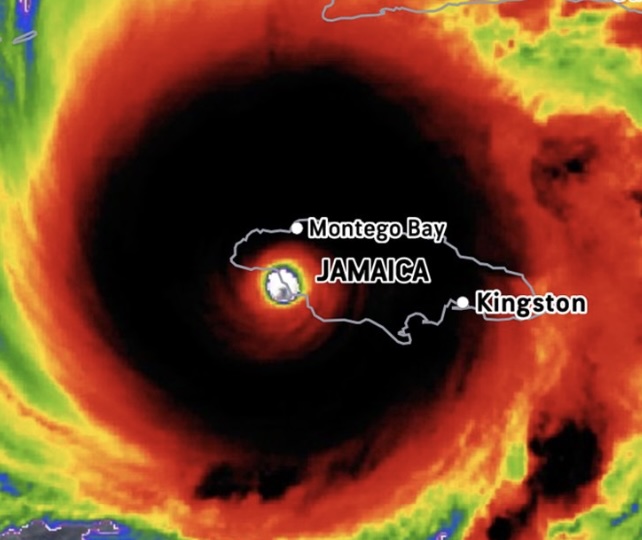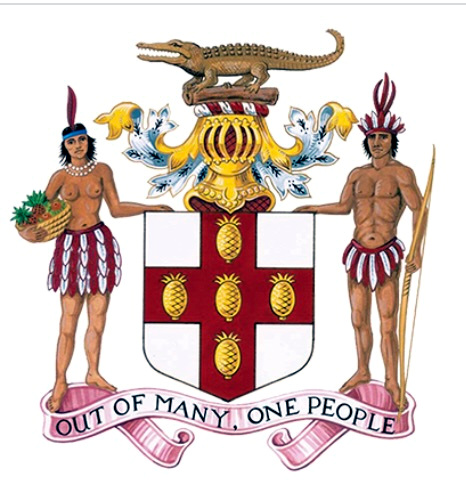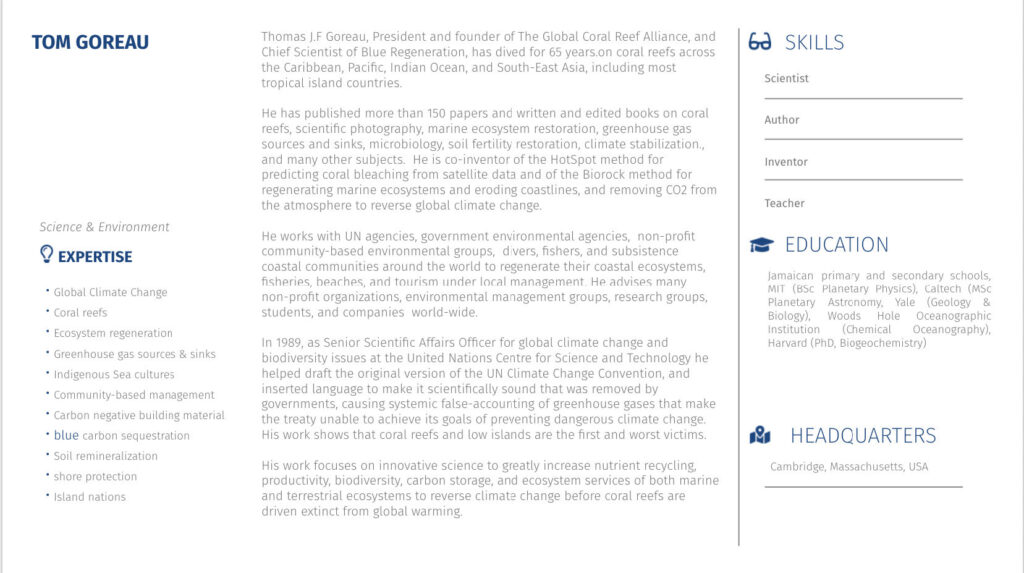October 29, 2025
REGENERATE JAMAICA’S COASTAL RESOURCES!
Thomas J. F. Goreau, PhD
President, Global Coral Reef Alliance
‘
Hurricane Melissa: October 28 2025
Yesterday was the worst day in Jamaica’s history, as our island was battered by the most powerful hurricane on record. It is far too soon to assess the damage, or the cost of rebuilding, but all coastal areas are devastated, and with them, a major part of the economy.
Increasing damage from record hurricanes Charlie, Flora, Allen, Gilbert, Ivan, and Melissa, is caused by global warming and global sea level rise, driven by the world’s fossil fuel addiction, and by self-inflicted wounds from poor coastal planning, driven by greed.
Given near complete destruction of our natural coral reef, mangrove, and sea grass coastal defenses long BEFORE Hurricane Melissa hit, rebuilding damaged coastal infrastructure the same way guarantees far worse losses in the next record hurricane, unless our natural defenses are regenerated for future generations.
We can’t afford to repeat the same mistakes again! A climate-smart strategy is needed now to reinvigorate coastal ecosystems and protect shorelines against accelerating future climate change.
Biorock technology, invented and developed at the Discovery Bay Marine Laboratory, is the best method in the world for recharging biodiverse coastal ecosystems and the fisheries that depend on their health, for regrowing eroded beaches and protecting coasts.
Biorock is used in some 50 countries all around the world, but NOT in its own native land, Jamaica!
We call for the Discovery Bay Marine Laboratory to be rejuvenated as a leading global centre for cutting edge research and training in ecosystem regeneration. By growing back coastal ecosystems, soils, and fisheries to protect coastlines from climate change, we aim to accelerate Jamaica’s natural recovery from Melissa’s devastation, and make it the most beautiful island in the Caribbean again, above and below water, as it was in 1494.

Jamaica’s Coat of Arms shows Indigenous Jamaicans and the pineapples they carried by canoe when they immigrated from Amazonia. DNA shows one of the author’s great great great great grandmothers was Native Caribbean Taino Arawak.
